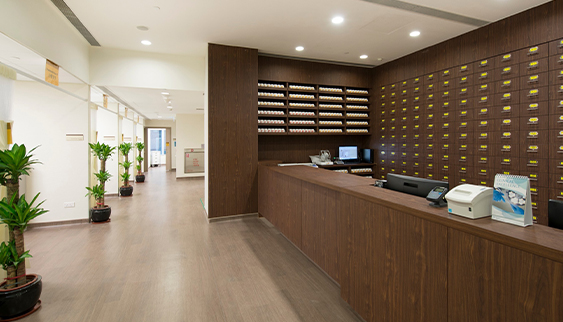A Guide to Comparing Different Types of Flooring Options
Comparing Flooring Types A Comprehensive Guide for Homeowners
When it comes to choosing flooring for your home, the myriad of options available can be overwhelming. From hardwood to laminate, tile to carpet, each flooring type offers unique benefits and potential drawbacks. In this article, we will compare the most popular flooring types, helping you make an informed decision that suits your needs, budget, and lifestyle.
Hardwood Flooring
Hardwood flooring is a classic choice that exudes warmth and sophistication. Made from solid wood or engineered wood, hardwood flooring is known for its durability and longevity. It's relatively easy to maintain, requiring only regular sweeping and occasional refinishing to restore its luster. Additionally, its aesthetic appeal often increases home value, making it a worthy investment.
However, hardwood comes with some downsides. It can be susceptible to scratches and dents, especially in high-traffic areas. Moreover, it is sensitive to humidity, which can cause warping or expansion. This makes hardwood less ideal for basements or bathrooms unless you opt for engineered wood, which offers better moisture resistance.
Laminate Flooring
Laminate flooring has emerged as a popular alternative to hardwood, especially for budget-conscious homeowners. Made from composite wood with a photographic layer that resembles wood or other materials, laminate is versatile and available in a wide range of styles and colors. One of its main advantages is its durability; laminate is resistant to scratches, dents, and fading, making it suitable for homes with pets and children.
On the downside, laminate flooring can't be refinished like hardwood, which means that once it's damaged, it will need to be replaced. It can also be less comfortable underfoot and may produce a hollow sound when walked on. Additionally, while it can mimic the look of wood or stone, it may not provide the same richness and authenticity.
Tile Flooring
Tile flooring is an excellent choice for areas prone to moisture, such as bathrooms and kitchens. Available in various materials, including ceramic and porcelain, tile is incredibly durable and resistant to water, stains, and heat. Additionally, its versatility in design offers countless possibilities, allowing homeowners to create unique patterns and looks.
enlio compare flooring types

However, the installation of tile flooring can be complicated and time-consuming. Tiles are also cold and hard underfoot, which may be uncomfortable, especially in colder climates. Grout lines can also be prone to staining and require regular maintenance to keep them looking clean.
Carpet Flooring
Carpet flooring offers unparalleled warmth and comfort, making it an inviting choice for bedrooms and living areas. Available in an array of colors, textures, and styles, carpets can enhance the aesthetic appeal of a space while providing sound insulation and softness underfoot. They’re generally easier to install and cost-effective compared to other flooring options.
However, carpets are not without their disadvantages. They can trap allergens, dust, and pet dander, which may pose challenges for allergy sufferers. Additionally, carpets are more susceptible to stains and wear, requiring regular cleaning and maintenance to keep them looking fresh. In high-traffic areas, carpets may show signs of wear more quickly than hard flooring options.
Vinyl Flooring
Vinyl flooring has gained popularity for its resilience and affordability. It mimics the look of natural materials like wood or stone while offering a softer feel underfoot. Vinyl is water-resistant and easy to clean, making it ideal for kitchens and bathrooms. Moreover, its installation process is straightforward, often available as click-lock flooring for DIY enthusiasts.
The primary drawback of vinyl flooring is its less authentic appearance compared to natural materials. While advancements in printing technology have improved its look, it may still lack the character of real wood or stone. Additionally, cheaper vinyl options may not last as long as higher-quality alternatives.
Conclusion
When comparing flooring types, it's crucial to consider various factors such as durability, maintenance needs, aesthetic preferences, and your budget. Hardwood and tile may offer timeless elegance and durability at a higher price point, while laminate and vinyl provide budget-friendly alternatives with their own unique benefits. Carpets can create a cozy atmosphere but may require more upkeep.
Ultimately, the best choice will depend on your specific needs and lifestyle. By carefully weighing these options, you can select the perfect flooring that enhances both the beauty and functionality of your home.
-
Waterproof Advantages of SPC Flooring Vinyl in KitchensAug.06,2025
-
SPC Hybrid Waterproof Flooring Thickness GuideAug.06,2025
-
Leveling Subfloor Before My Floor SPC InstallAug.06,2025
-
How Mesh Deck Skirting Improves Outdoor Pest ControlAug.06,2025
-
Choosing the Right Commercial Flooring for Your Business NeedsAug.06,2025
-
Choosing the Best Residential Flooring: A Comprehensive Guide to Style, Durability, and ComfortAug.06,2025




